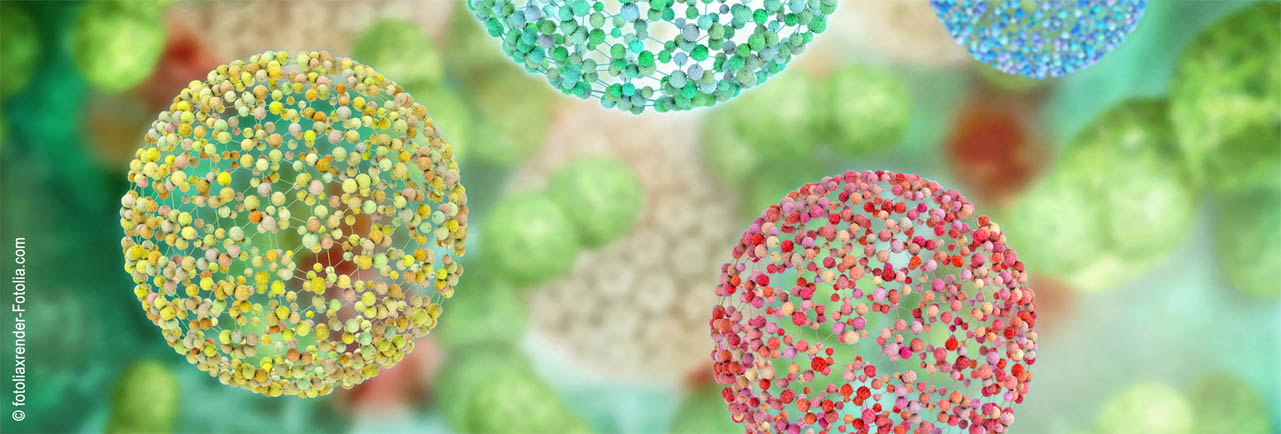Speaker
Description
Individual polymer chains endowed with appropriate functionality can be folded in dilute solution to nano-sized objects called single-chain nanoparticles (SCNPs) through a wide range of covalent or non-covalent interactions. The resulting nanoscale polymeric objects hold promise for several potential applications in nanomedicine, including the development of new biosensors of inflammatory diseases.
This project aimed to encapsulate 5-amino-2,3-dihydro-1,4-phtalazinedione (luminol) and 4-aminophthalhydrazide (isoluminol) into SCNPs by non-covalent interactions, to be used as chemiluminescent molecular probes in models of severe inflammatory processes. P(OEGMA-co-AEMA) copolymers (OEGMA = oligoethylene glycol methyl ether methacrylate; AEMA = 2-acetoacetoxy ethyl methacrylate) were selected as precursors of water-soluble amphiphilic SCNPs. Luminol and isoluminol were encapsulated into these P(OEGMA-co-AEMA)-based SCNPs. As revealed by fluorescence spectroscopy in a water solution containing hydrogen peroxide, it was possible to control the amount of chemiluminescent compound released from these SCNPs by adjusting the temperature of the solution.

